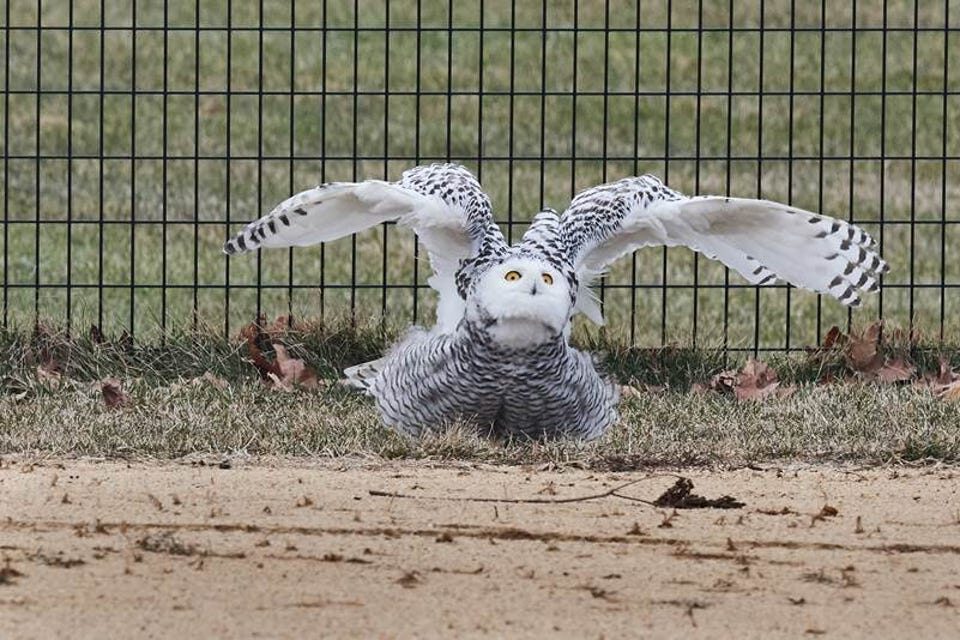OF THE
TIMES
We'll know our disinformation program is complete when everything the American public believes is false.
IMO, there will never be an accession for Ukraine into the EU. Ukraine is where the US and its nato poodles wash their dirty laundry and dangle a...
Maybe BAE are falling over themselves trying to fulfill their contract? Mistakes are made when things are rushed. The spoiled nato child in Kiev...
Please read Apocalypse Never by Michael Shellenberger as well as Rockefeller: Controlling the Game by Jacob Nordangard.
All of these "scientists" who ran these fraudulent "studies" should be tried for the murder they enabled. All of them.
The bodies of this couple were found, they had fallen about 130 metres from the edge of the trail. My husband and I have returned from hiking in...
To submit an article for publication, see our Submission Guidelines
Reader comments do not necessarily reflect the views of the volunteers, editors, and directors of SOTT.net or the Quantum Future Group.
Some icons on this site were created by: Afterglow, Aha-Soft, AntialiasFactory, artdesigner.lv, Artura, DailyOverview, Everaldo, GraphicsFuel, IconFactory, Iconka, IconShock, Icons-Land, i-love-icons, KDE-look.org, Klukeart, mugenb16, Map Icons Collection, PetshopBoxStudio, VisualPharm, wbeiruti, WebIconset
Powered by PikaJS 🐁 and In·Site
Original content © 2002-2024 by Sott.net/Signs of the Times. See: FAIR USE NOTICE

Comment: Read also: Historic Arctic blasts are about to engulf North America, Europe and Asia simultaneously: Grand Solar Minimum